It seems like every few months, there are some new and “improved” hollow point bullets that hit the market. Most of these defense loads end up being pretty gimmicky, but one that has NOT failed to disappoint is the Hornady Critical Defense line of personal defense ammo.
Developed specifically to meet the needs of civilian shooters, Critical Defense loads are designed to perform well in a wide variety of firearms and defeat the most common barriers seen in self-defense shootings – namely heavy clothing.
However, some shooters worry that Critical Defense ammo isn’t the best choice for their carry gun, as it doesn’t meet all the penetration requirements for the FBI protocol. But does this really matter?
In this Hornady Critical Defense review, we will answer that question for you as well as take a look at the development of the round and its ballistics, and explain why Critical Defense has become one of Hornady’s most successful ammo lines to date.
If you’re ready to snag a few boxes of Hornady ammo, then we have plenty in stock, but if you want to learn more about Hornady Critical Defense, just keep reading!
Released in 2008, the Hornady Critical Defense line of ammunition is designed to meet the needs of law-abiding citizens for concealed carry and home defense. At release, Critical Defense was only available in 380 ACP, 38 Special, 38 Special +P, and 9mm Luger. Since then, the Critical Defense line has expanded to numerous handgun calibers as well as centerfire rifle, rimfire, and shotgun ammo.
At the core of the Hornady Critical Defense is the FTX (Flex-Tip) jacketed hollow point bullet. These hollow points utilize a polymer tip to ensure the hollow point cavity is not clogged with debris when it encounters barriers like clothing and drywall.
If the hollow point were to become clogged, your self-defense ammo would behave like an FMJ and likely over-penetrate. This is an extremely dangerous situation, and the polymer tip helps prevent this when it encounters common barriers found in self-defense shootings, primarily heavy clothing.
Although this might sound like a simple concept, it took a lot more work than just slapping some polymer in a hollow point and calling it a day!
Development of the Critical Defense bullet began in 1996 when Dave Emary, father of the 6.5 Creedmoor, began experimenting with polymer-tipped handgun bullets. At the time, Emary tried drilling out a 45 ACP XTP hollow point and filled the cavity with bathtub caulk.
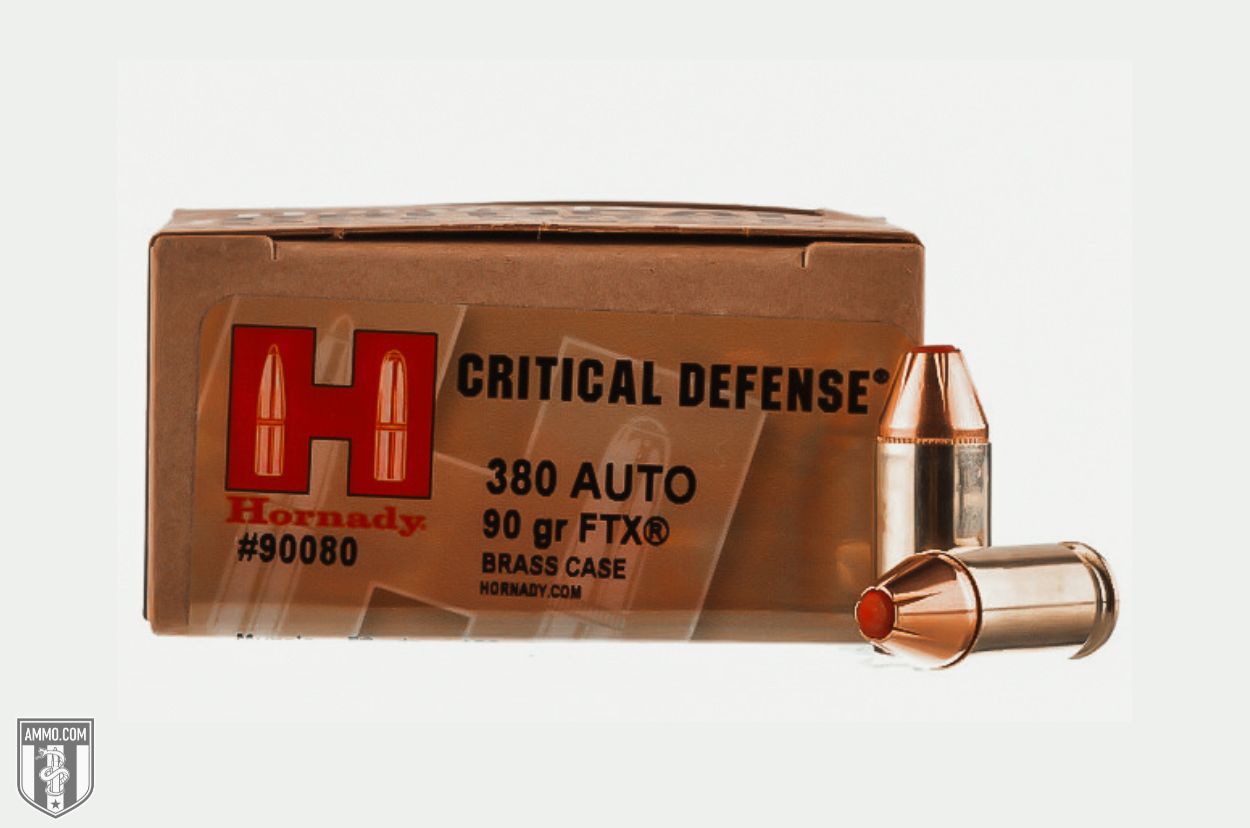
Expansion and penetration results were positive, but the technology to mass produce this type of round did not exist at the time. However, not dismayed, Emary continued to work on polymer-tipped bullets in rifle rounds which eventually led him to the development of the LeveRevolution in 2005.
The LeveRevolution line of ammunition featured Emary’s groundbreaking Flex-Tip (FTX) bullet. The FTX (and MonoFlex) bullets use an elastomer tip that allows Spitzer bullets to be safely loaded into tubular magazines.
Traditionally, lever-action rifles had to be loaded with flat-point bullets to prevent the nose of a bullet loaded into the magazine from igniting the primer in the round ahead of it. However, Emary’s FTX bullets used a rubber tip to prevent this whilst increasing the ballistic coefficient and muzzle velocity of the round in general.
The use of the flexible FTX polymer tip that prevented clogging of the hollow point and aided in expansion was very successful, and Critical Defense ammo was born. Although Critical Defense was very popular with civilian EDC shooters, one major failing was that did not pass the FBI protocol for penetration through auto glass.
Per FBI testing requirements, a hollow point should penetrate between 12-18 inches (ideally 15 inches) into ballistic gelatin while being shot through heavy clothing, drywall, sheet metal, plywood, and auto glass.
However, most civilian shooters don’t need that type of penetration from their carry ammo. The likelihood of needing to shoot through auto glass or a car door is high for law enforcement but minimal for civilians (but not zero).
If you want to load your carry gun with Hornady ammo that passes the FBI protocol, make sure you read our Hornady Critical Duty review.
That being said, the majority of the shooting community seems to feel that Hornady Critical Defense ammo is perfect for their carry gun or home defense carbine. And there’s no doubt that it will be more than sufficient to protect yourself or your family from any threat that might go bump in the night!
Hornady Critical Defense has become one of the company’s most popular ammunition lines and is currently available in the following defense loads:
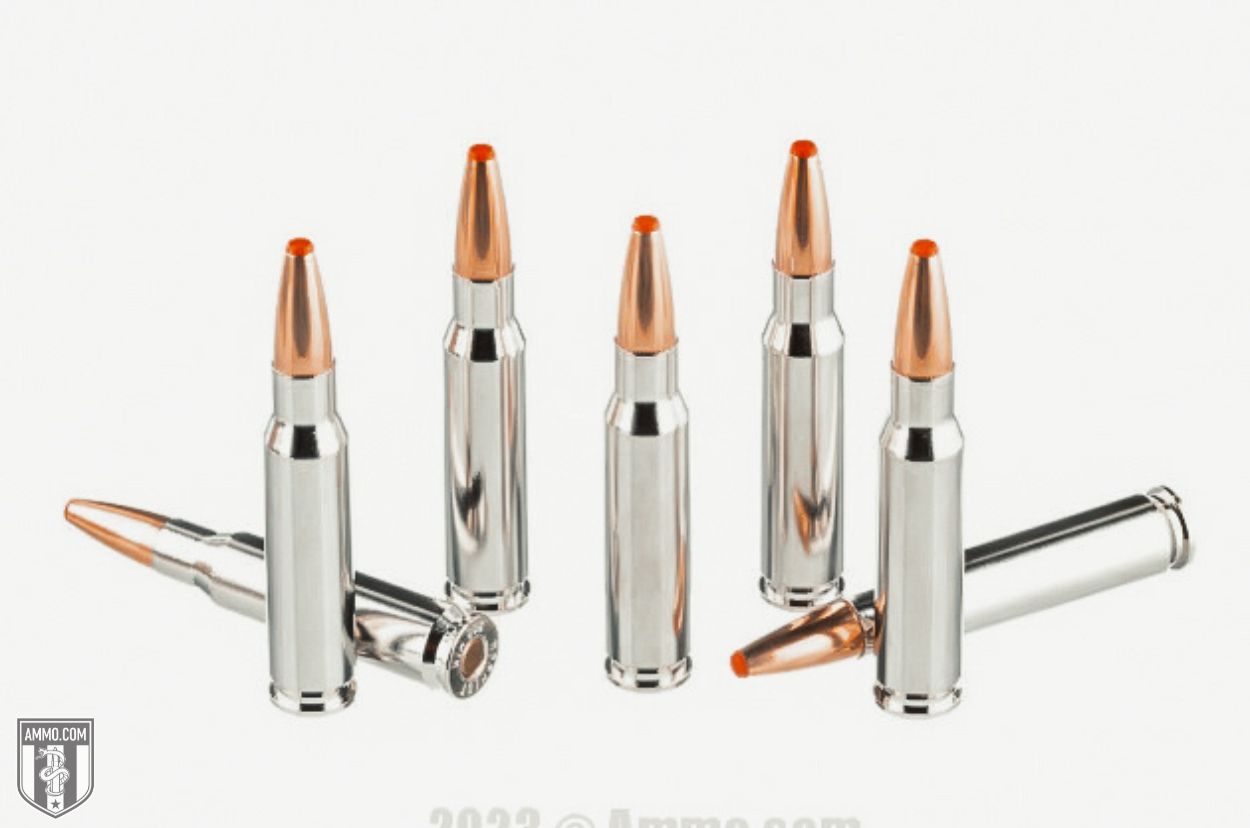
When I load up my EDC Glock 26 mags, Hornady Critical Defense is always in my rotation. If that isn’t enough of an endorsement, then I’ve got my reasons for liking this ammo that I’ll share with you.
First off are the nickel-plated cases. These cases are amazing for self-defense ammo as they are corrosion-resistant, and they feed extra smoothly into and out of the chamber. It should be noted that during the unmentionable events of 2020, Hornady had to switch to standard brass cases for their ammo due to supply chain issues.
However, having that added layer of corrosion resistance if you can get your hands on some of the nickel-plated cases is nice in case you don’t rotate your ammo or mags all that often for your carry gun.
Of course, we have Hornady’s legacy of producing extremely accurate and reliable ammo behind every case that leaves their production facilities. I’m a long-time fan of Hornady bullets and ammo as they continue to deliver top-notch products to the civilian market.
From a reloading perspective, the choice of propellant to minimize muzzle flash is really cool. This is amazing for low-light shooting and can make a huge difference if you need to make a shot indoors at night. Keeping your night vision intact and not being distracted from your sight alignment is huge during low-visibility shooting, and I love that Hornady thought of this when they were designing the Critical Defense round.
Lastly, the technology that went into making the FTX bullet is what really sold me on Critical Defense ammo. The use of polymer to not only protect the hollow point but to also initiate expansion is a great leap forward in defense ammo technology.
Keeping your hollow point clear of debris is critical for terminal performance, and Flex Tip does this very well.
So, let’s address the elephant in the room. Do I care about the Critical Defense not adhering to the FBI ballistic gel testing requirements? Nope, sure don’t!
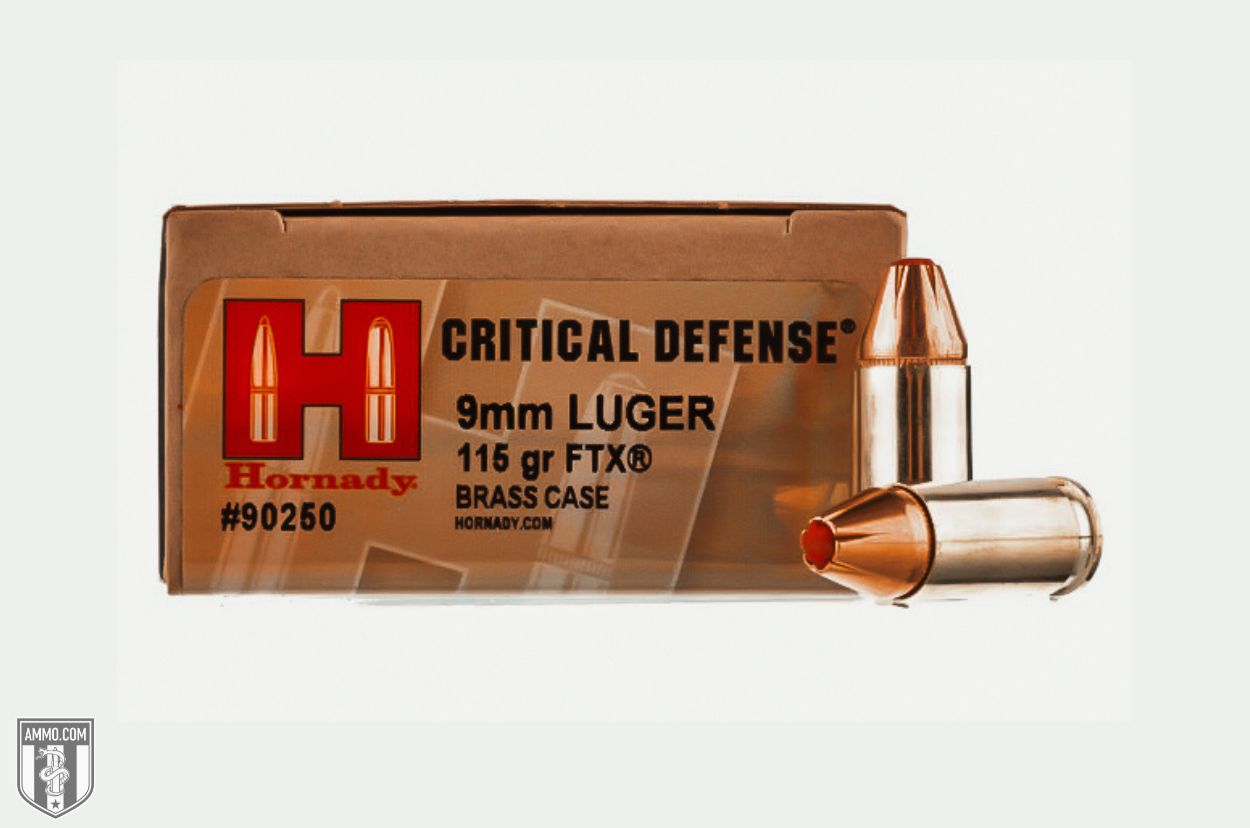
My main concern during any self-defense situation will be over-penetration. Although I love Hornady Critical Duty ammo and all the innovation that went into it, the chances of me needing the penetration capabilities of this round are very slim.
Furthermore, heaven forbid a shot over-penetrate and hit an innocent bystander or a family member; this would be nothing short of catastrophic if you ask me. I’m totally fine carrying a defense load that performs exceptionally in bare gelatin or through heavy clothing because this is what you’ll be facing 99% of the time in a self-defense situation.
In summary, I’m a huge fan of Hornady Critical Defense, and I carry it in my defensive handgun as my carry ammo. It runs smoothly through my Glock 26, and I have complete confidence that should I ever need it, this round will be more than capable of defending my life.
Hornady Critical Defense is best used for personal and home defense. Its jacketed hollow point design is made to expand inside the target and cause maximum damage while not over-penetrating.
Critical Defense was developed using low-flash propellants to protect your vision and avoid sight-focus distractions while firing in low-light situations. This helps shooters stay on target in life-or-death situations. Critical Defense 9mm Luger and 38 Special is also offered in a “Lite” variety for lower recoil and faster follow-up shots.
One major downside to Hornady Critical Defense ammunition is its price point, as it is more expensive than traditional hollow point defense loads like the Speer Gold Dot and Federal HST. Furthermore, the Critical Defense does not pass the FBI ballistic testing protocol for penetration through barriers (namely auto glass).
As much as we love ammo, we understand that no manufacturer is perfect. Here are some of the pros and cons of Hornady Critical Defense ammunition you should be aware of.
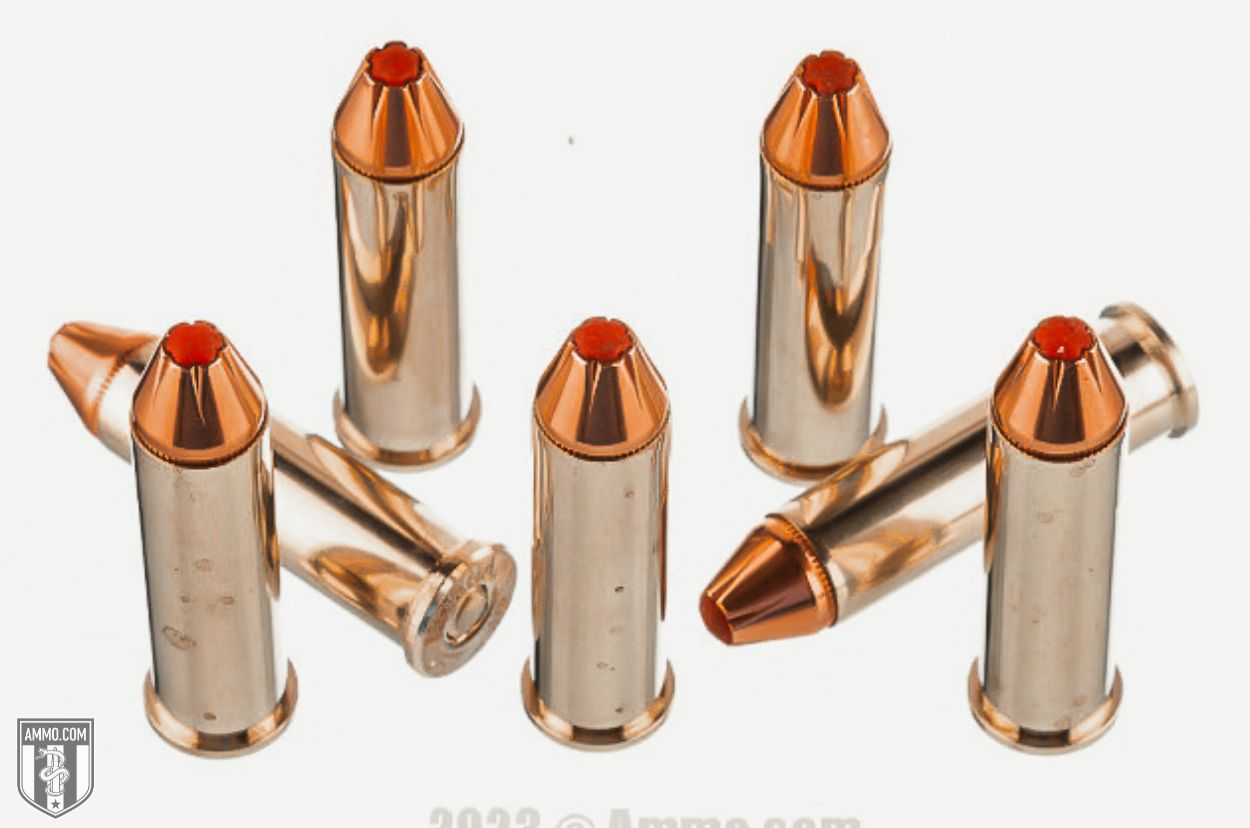
Below you'll find several reviews of some of the most popular Hornady Critical Defense ammo variations on the market.
If you carry something along the lines of a Smith & Wesson 380 Shield, Glock 42, or Sig Sauer P365-380 (or any other 380 ACP pistol, for that matter), then you should consider Critical Defense 380 ammo for your personal defense loads.
While some 380 shooters opt to carry FMJ ammo for extra penetration, Hornady did away with this old mantra and developed a self-defense 380 ACP round that gave you penetration and expansion.
Loaded with a 90-grain FTX hollow point, these rounds give you the penetration you need to reach the vital organs and still open up for exceptional terminal performance. With 1,000 fps of muzzle velocity, these rounds are easy enough to handle even in a subcompact carry gun and make for easy follow-up shots.
This 9mm Luger 115 grain FTX is my personal favorite defense ammo. The 115-grain bullet weight gives me low recoil for easy follow-up shots and is more than powerful enough to stop any threat.
Another interesting 9mm option is the Critical Defense Lite which fires a 100-grain FTX bullet. This round is designed for low recoil and is great for shooters who are recoil-sensitive or have weak wrists. However, I’ll be sticking with the 115-grain options for my EDC.
With 1,135 fps of muzzle velocity and 332 ft-lbs of energy when fired from a Glock 19, this 9mm load is more than capable of protecting your life should the worst happen.
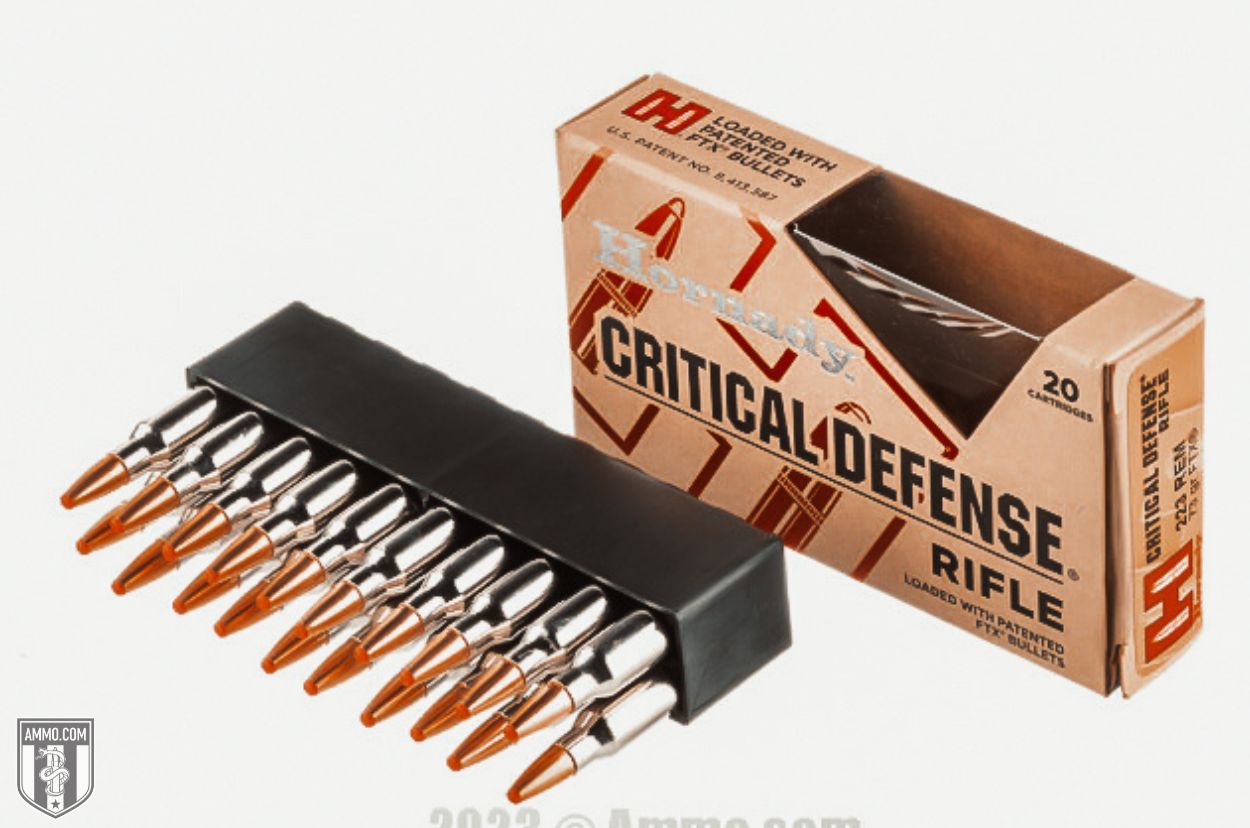
Hornady’s Critical Defense Rifle is a newer addition to the line as it was released in 2018, a good 10 years after the original line debuted.
One of the major issues when using a rifle for home defense is over-penetration. In the past, shooters had to rely on soft point bullets to slow down the projectile and prevent punching through their external walls and into the neighbor’s home.
The Hornady Critical Defense Rifle line of ammo solved this issue by utilizing the FTX bullet technology and mating it with the Interlock ring seen on multiple Hornady hunting rounds. This allows the bullet and jacket to remain physically connected during expansion, greatly increasing terminal performance, and aiding in slowing the bullet down when used on a bad guy.
Hornady offers two different loads for the 223 Remington Critical Defense ammo, a classic 55-grain FTX and a heavy-hitting 73-grain FTX bullet.
Both rounds will be a great addition to your home defense carbine and are extremely accurate for close and long-range shots.
Although I typically don’t recommend using a 308 Winchester for self-defense inside the home, if you must, then I’d recommend the Hornady Critical Defense 308 load (just wear ear protection if you do!)
Loaded with a 155-grain FTX, this 308 bullet utilizes the same Interlock design as many of its hunting brethren to ensure core-jacket separation doesn’t occur. The FTX polymer tip ensures rapid expansion to help reduce over-penetration, but at close range, there isn’t much stopping a 308 Win. If you must use this round for self-defense, be keenly aware of what lies behind your target.
When you really want to make sure to stop the threat, the 357 Magnum has more than enough stopping power to get the job done. And if you like to EDC a revolver and want more punch than a 38 Special, the Critical Defense 357 Magnum load will be more than enough to thwart any would-be attacker.
Loaded with a 125 gr FTX and fired at 1,500 fps, this round will penetrate deep and hit hard. However, keep in mind that a 357 Magnum has quite a lot of recoil to begin with. So, if you plan to use a snubnose 357 wheel gun as your EDC, you might want to consider a 38 Special +P for a bit less recoil if you find the 357 Mag to be a bit much.
Below we’ve compiled ballistics tables for several different variations of Hornady Critical Defense ammunition currently available on the market. Please note that muzzle velocities were calculated using different barrel lengths that are listed on the charts.
Please note that if your concealed carry gun has a short barrel, like a Sig Sauer P365 or Glock 26, or you use a short-barreled rifle/shotgun for home defense, then your muzzle velocity will be lower than what is listed on the ballistics table below.

Picking the right carry ammo for your personal defense handgun is critically important. Having a round that offers reliable expansion, unquestionable reliability, and exceptional accuracy is key to surviving any self-defense situation.
Hornady Critical Defense ammo simply checks all the boxes. It is designed for civilian shooters and meets the needs ballistic needs of almost all self-defense situations that they might face.
If you’re in the market for some self-defense ammo, make sure you check out all the Hornady ammunition we have in stock and ready to ship to your door. Because when something goes bump in the night, the last thing you need to be thinking about is whether or not you stocked up on ammo!
Below are some questions we get asked a lot here at Ammo.com about Hornady Critical Defense ammunition.
Yes, Hornady Critical Defense ammo is extremely reliable, accurate, and has excellent terminal performance.
The effective range of cartridges depends on the firearm being used and the capabilities of the cartridge in question. Regardless, Hornady Critical Defense ammo will be effective at all typical self-defense ranges.
Hornady Critical Defense Review: An EDC All-Star originally appeared in The Resistance Library at Ammo.com.
